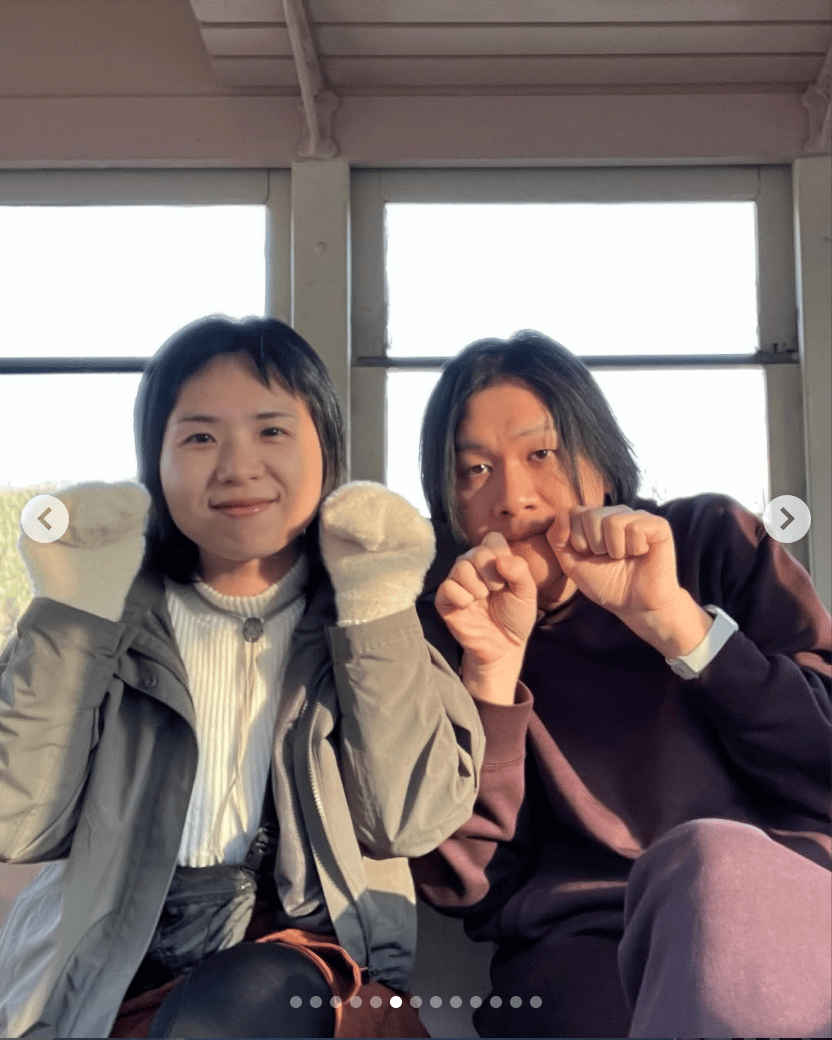Word of advice: Don’t break up with your partner and start dating someone else right before a 14-day walking trip across Japan together.
But hey! Is there any better way to traverse the Nakasendo? I doubt the Edo-era Japanese put their lives on hold as they walked the 500+km inland route from Tokyo to Kyoto, either. We can’t have been the only ones in history who silently plodded from post-town to post-town, awkwardly shared cramped quarters together, and wept over cheap (and excellent) sake while waiting for their clothes to dry every night.
Tokyo —> Takasaki —> Karuizawa
We flew to Tokyo overnight on Air Japan. After a pit stop in Kawasaki for the Penis Festival (not worth it — had to stand in line for hours with millions of similarly juvenile farangs and could not avoid overhearing an hour-long conversation about how Japanese corn soup is inferior to real American corn) we spent the night in Takasaki.
Takasaki is adorable, by the way! I loved staying in the APA Hotel and microwaving random food from AEON Supermarket for dinner.
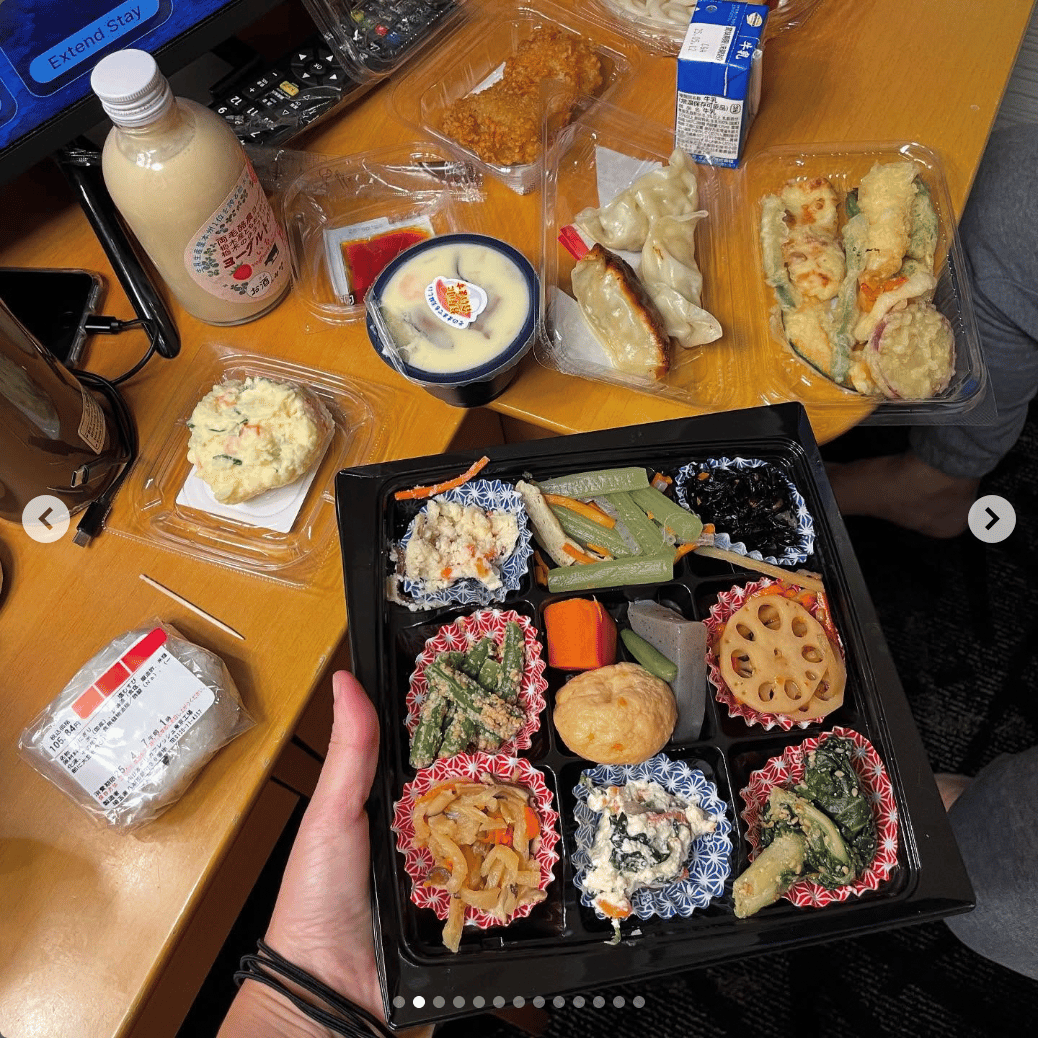
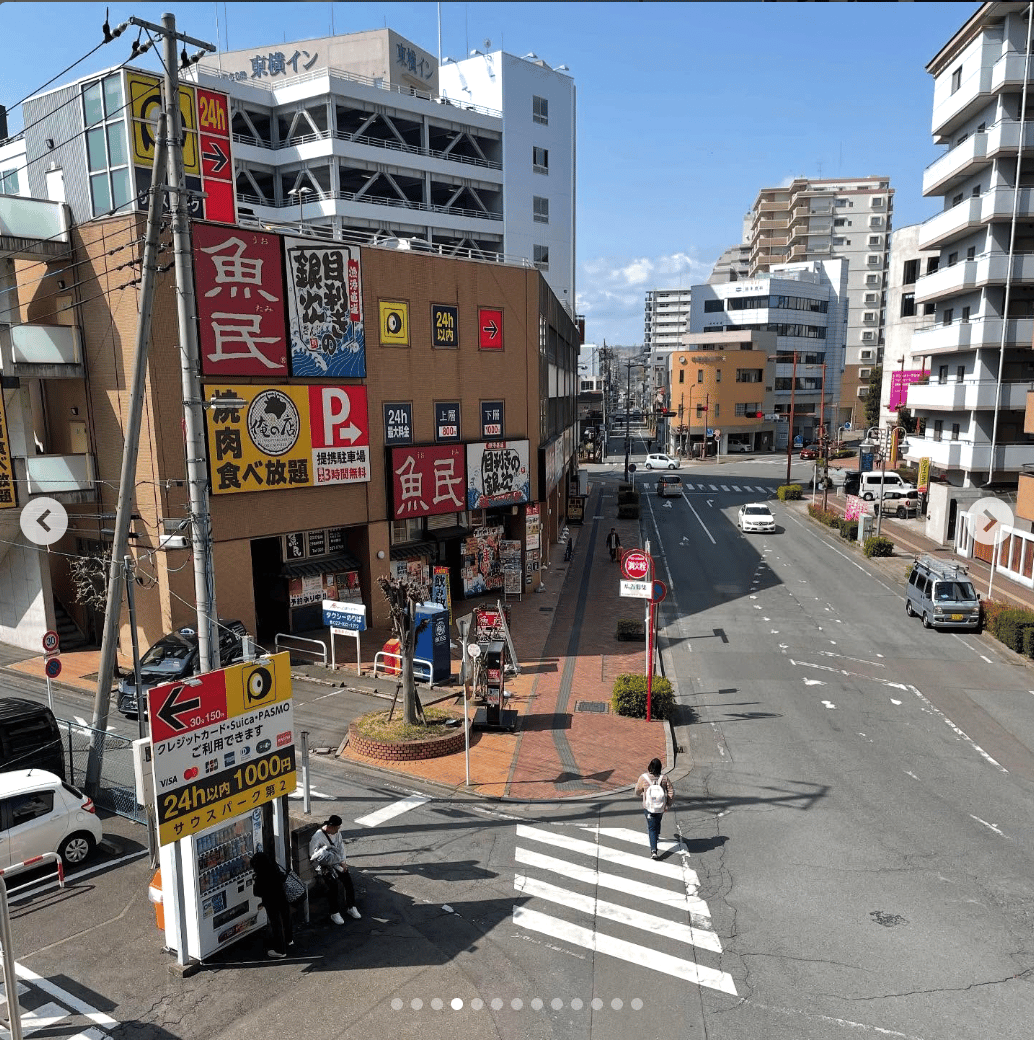
Took the local train to Yokokawa and got on the wrong footpath immediately. Turns out the Old Usui Line terminates in a dead end, so we had to walk along the road (many hairpin bends, many rubbish dumps along the side). It was nearly dark and absolutely freezing when we got to Karuizawa. On the bright side: did 31,000 steps, yet feet were still attached!
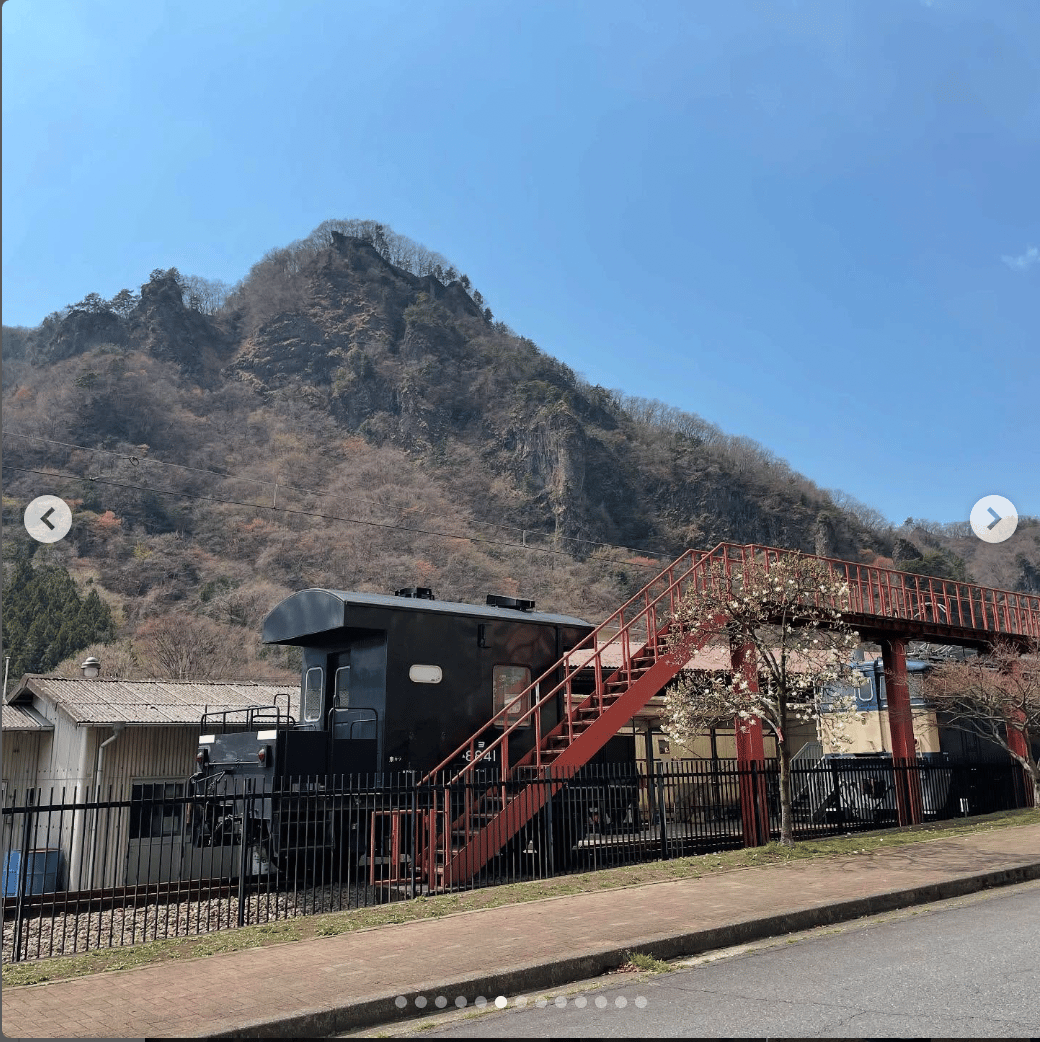
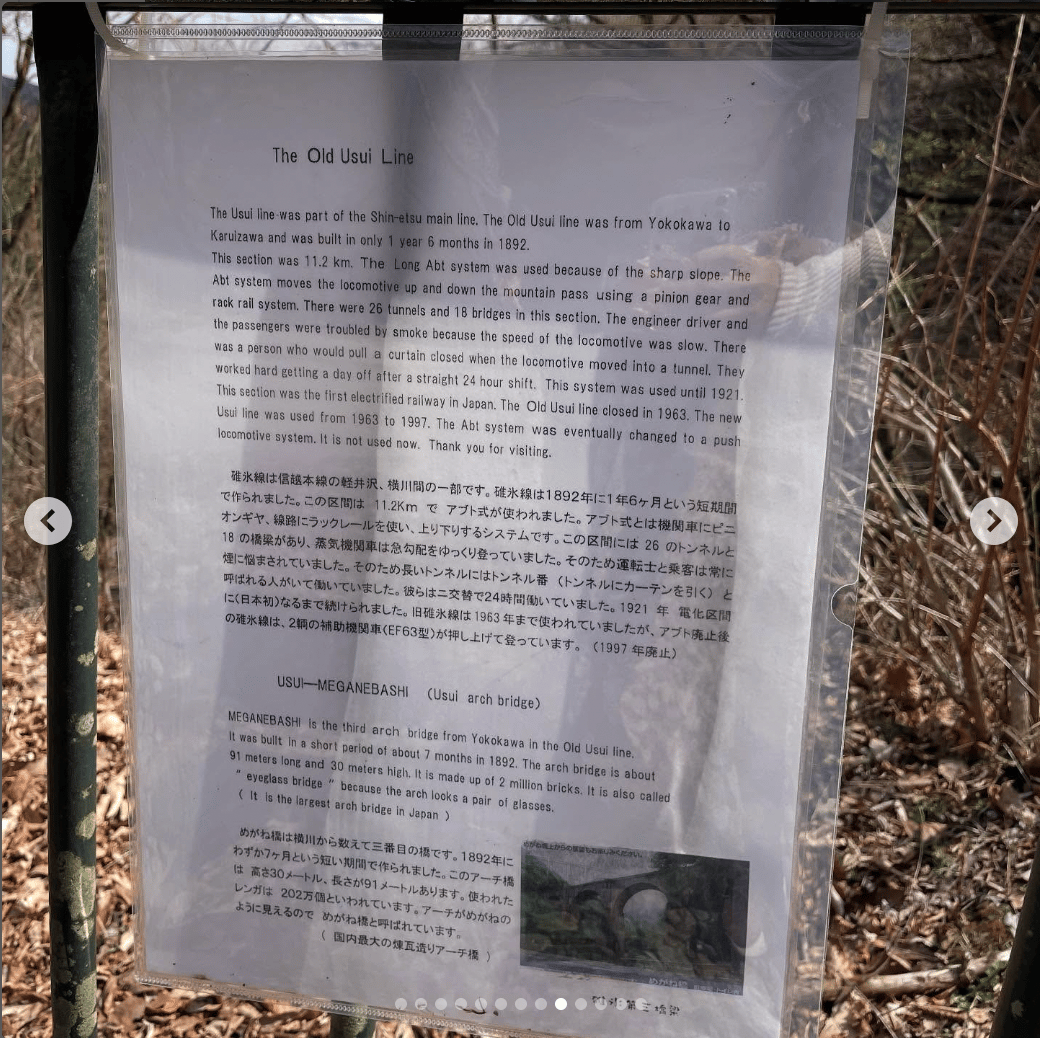
Karuizawa in the off-season was nice. Of course we saw a few Sinkies on their way to Karuizawa Prince Shopping Plaza (“I’m going to chiong Coach first”) but that was balanced out by a hike to Usui Pass Observation Deck, hamburg steak, giant flying squirrels, and the world’s best apple pie shop.
Karuizawa —> Shiojiri —> Narai
Skipped a whole bunch of the trail and took the train to Narai, one of the few best-preserved post-towns along the Nakasendo. We had a transfer at Shiojiri, which is supposedly famous for wines, and decided to try some local wines right inside the station’s bar.
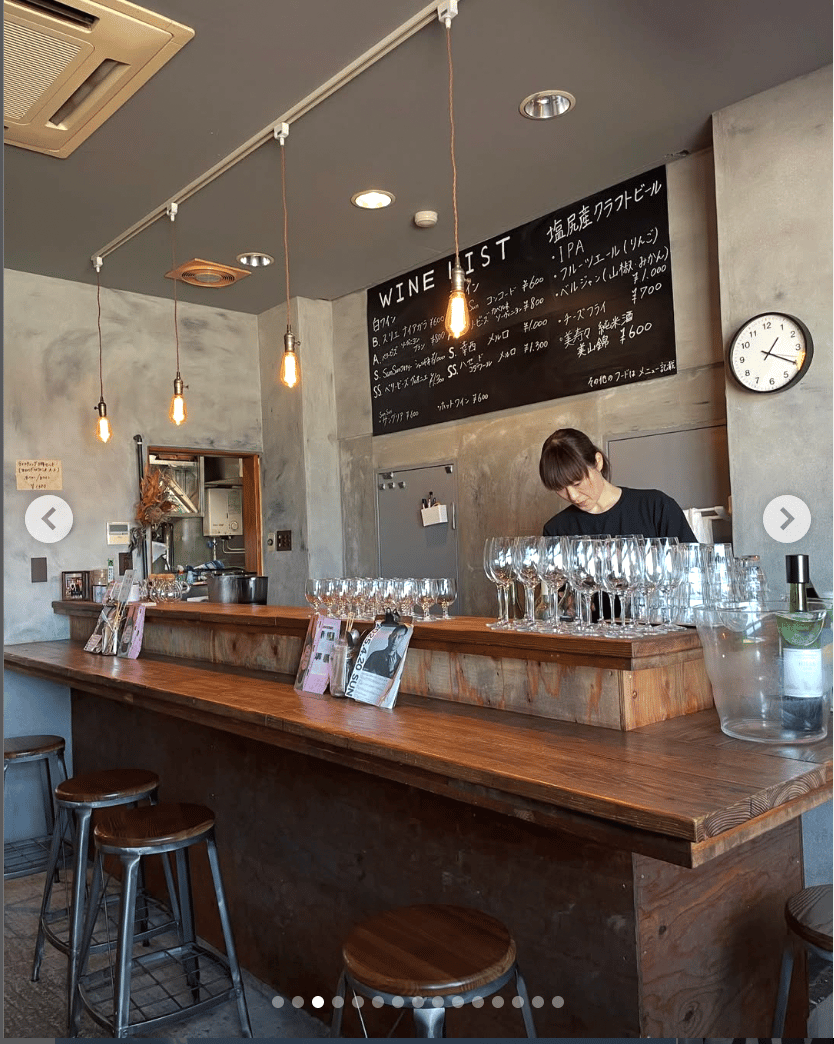
Narai looks like this. I realised that, unlike the white people bloggers I read to research this trip, I hate preserved historic old towns. They always make me sad. We stayed in a ryokan because it was the only accommodation here. Again, foreigners love anything exotic so they cream themselves over ryokans. But I personally can’t stand the constant bowing and thanking. And the breakfast, bath, and dinner timetables are so oppressive! (That said, the kaiseki was sublime and featured apple tempura.)
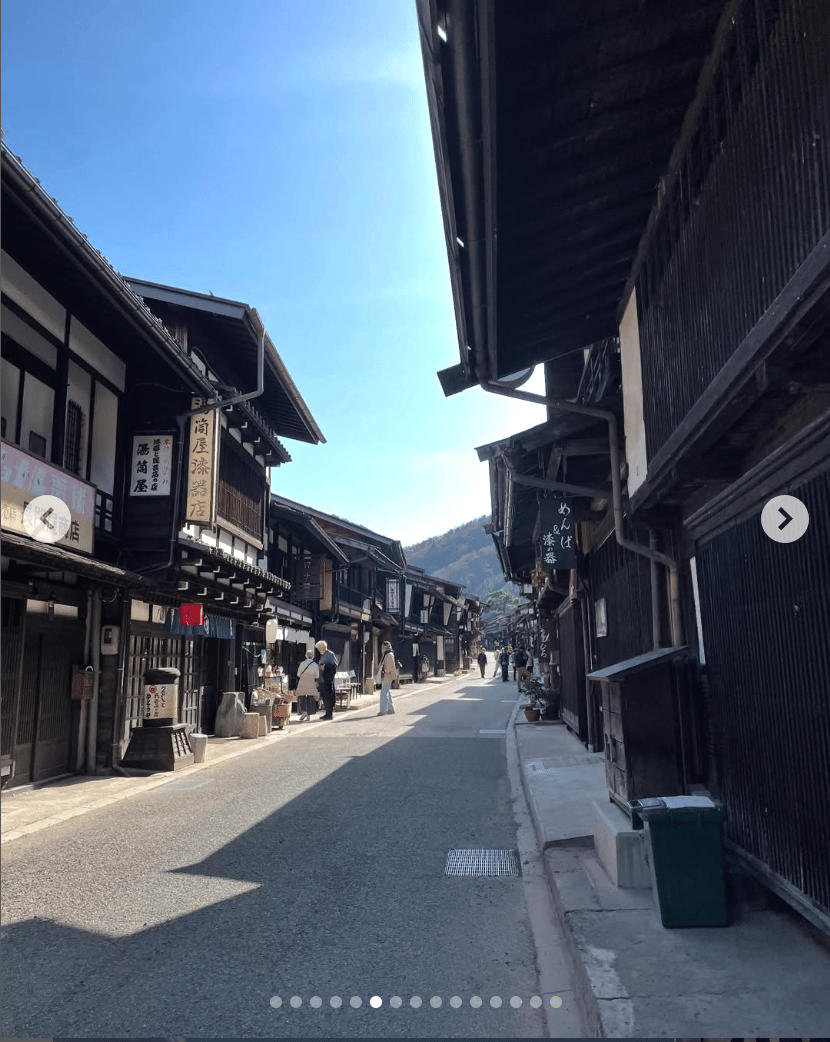
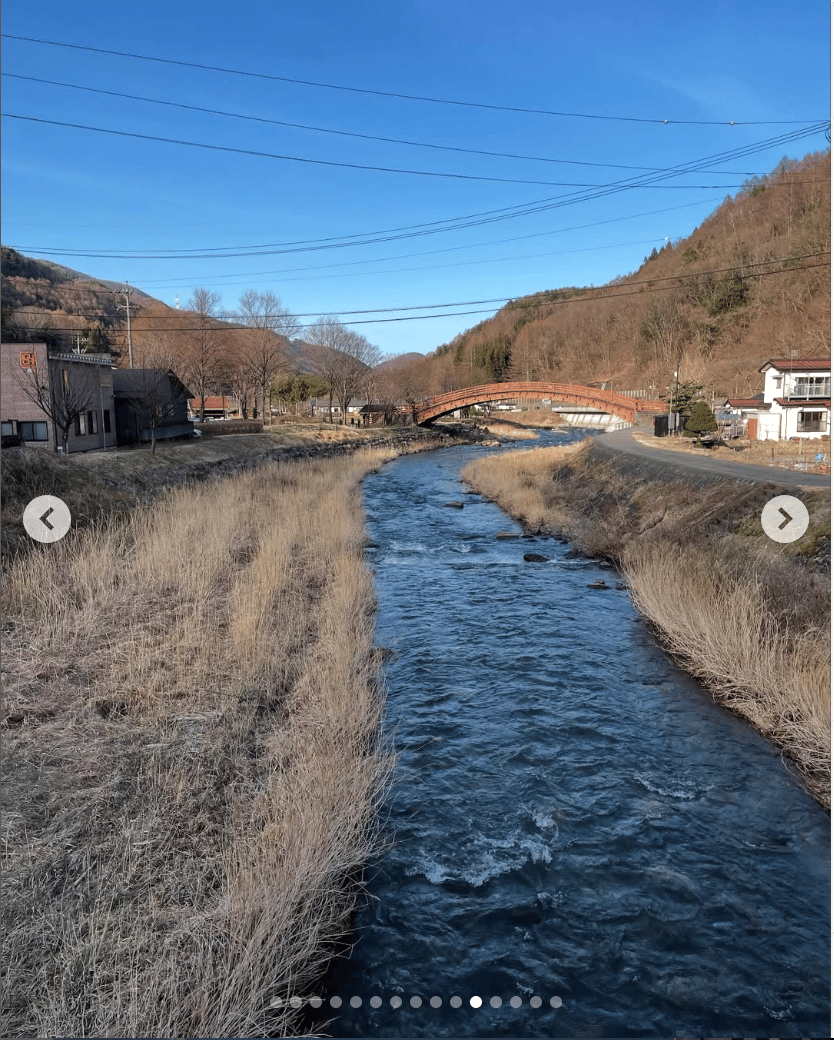
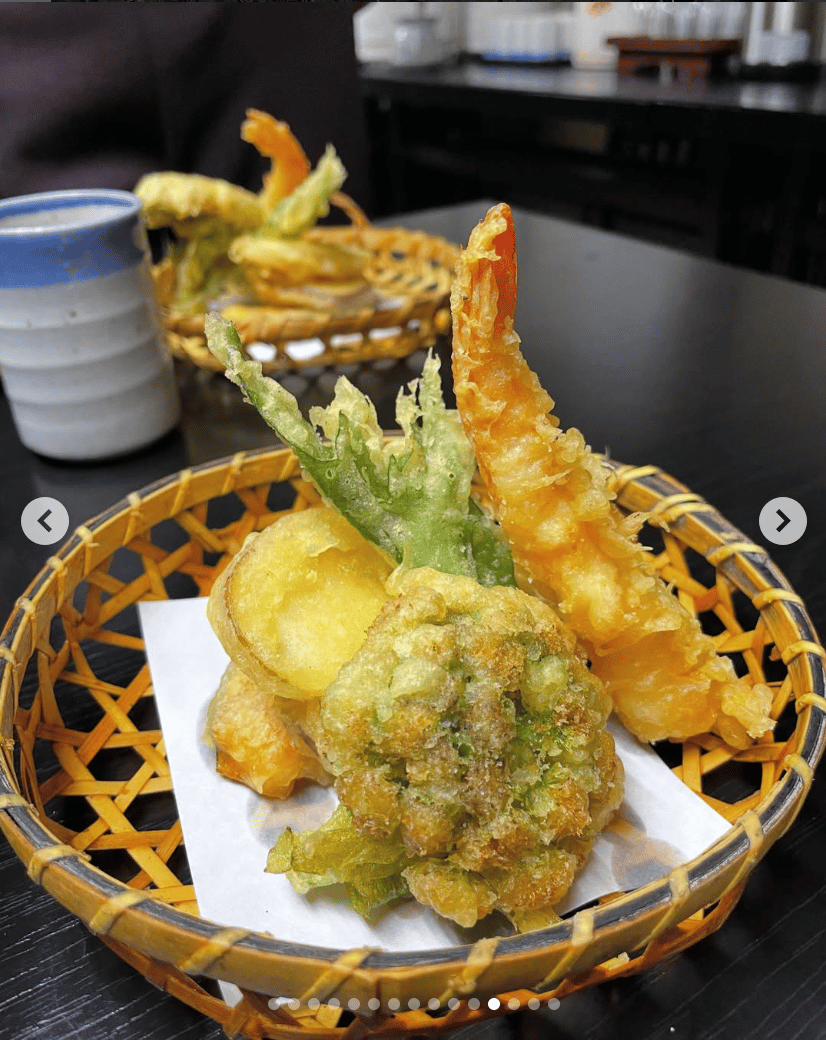
Narai —> Yabuhara —> Kiso-Fukushima
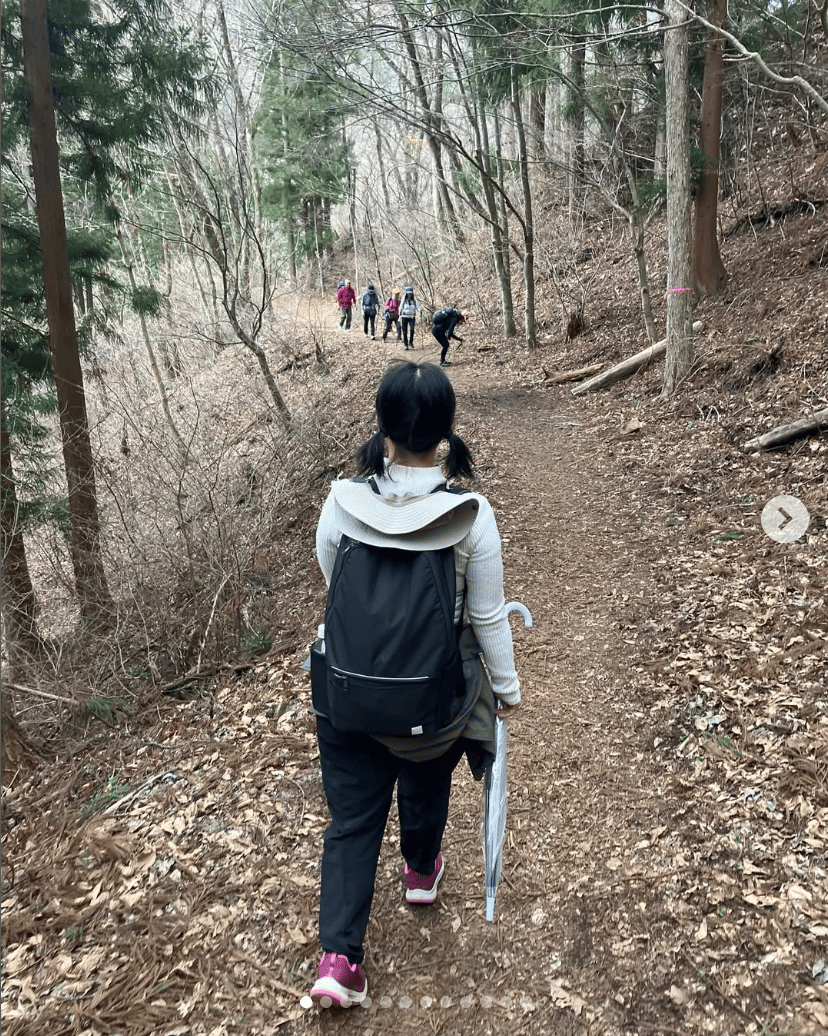
From Narai we hiked up the Torii Pass to Yabuhara, a town deader than dead. The village was almost completely deserted; the only viand we managed to find was obanyaki from a guy who had already closed up his shop. After that we huddled in the train station eating rice crackers.
A 15-min train ride later, we landed in Kiso-Fukushima and abandoned ourselves to the AEON and 7-11. Stayed two nights here and found that there wasn’t much to do, apart from long walks to various quarries/construction sites and a bus ride to Kaida Kogen to look at naughty mountain ponies. Some bits are beautiful but the region feels terribly neglected and most shops are closed.
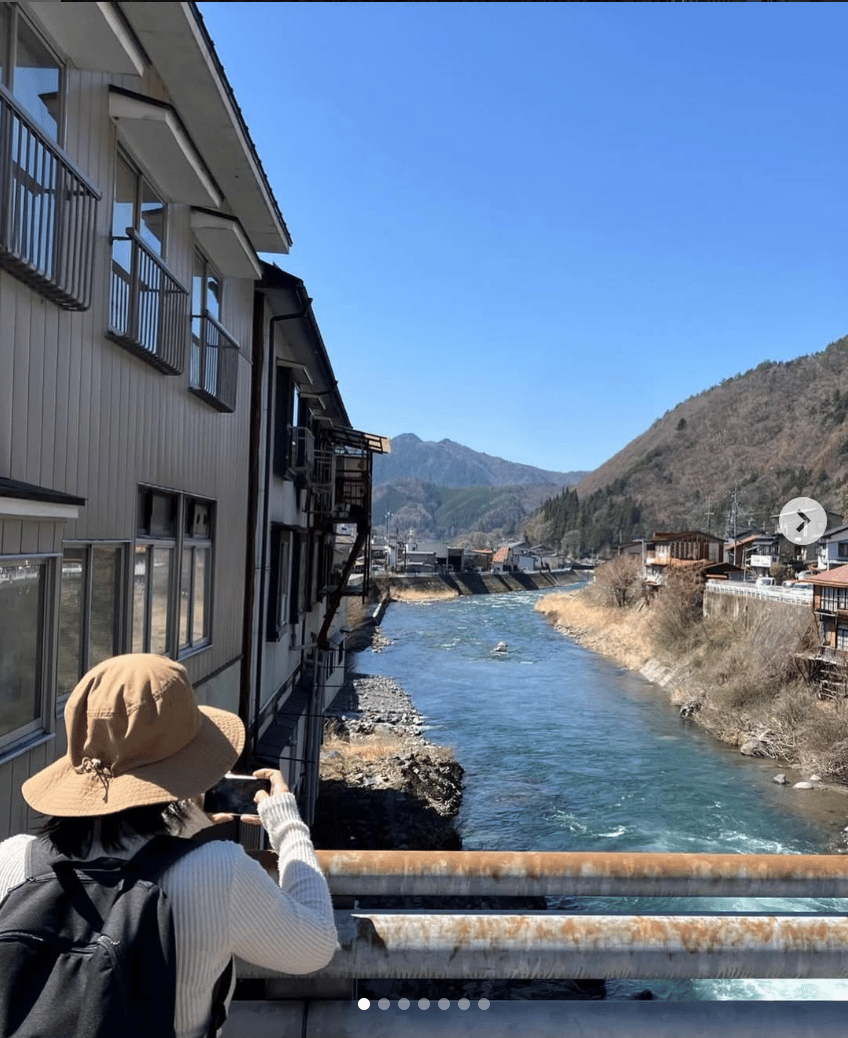
Kiso-Fukushima —> Nakatsugawa (Magome & Tsumago)
Took the train to Nakatsugawa, our last stop in Kiso Valley and the base for visiting the famous post-towns, Magome and Tsumago. They sucked, as you can imagine. Tour buses everywhere and trails heaving with commerce and tourists. We were only too happy to emerge from the walking trail at Nagiso, where we celebrated the end of this ill-advised hiking trip with hamburg curry rice.
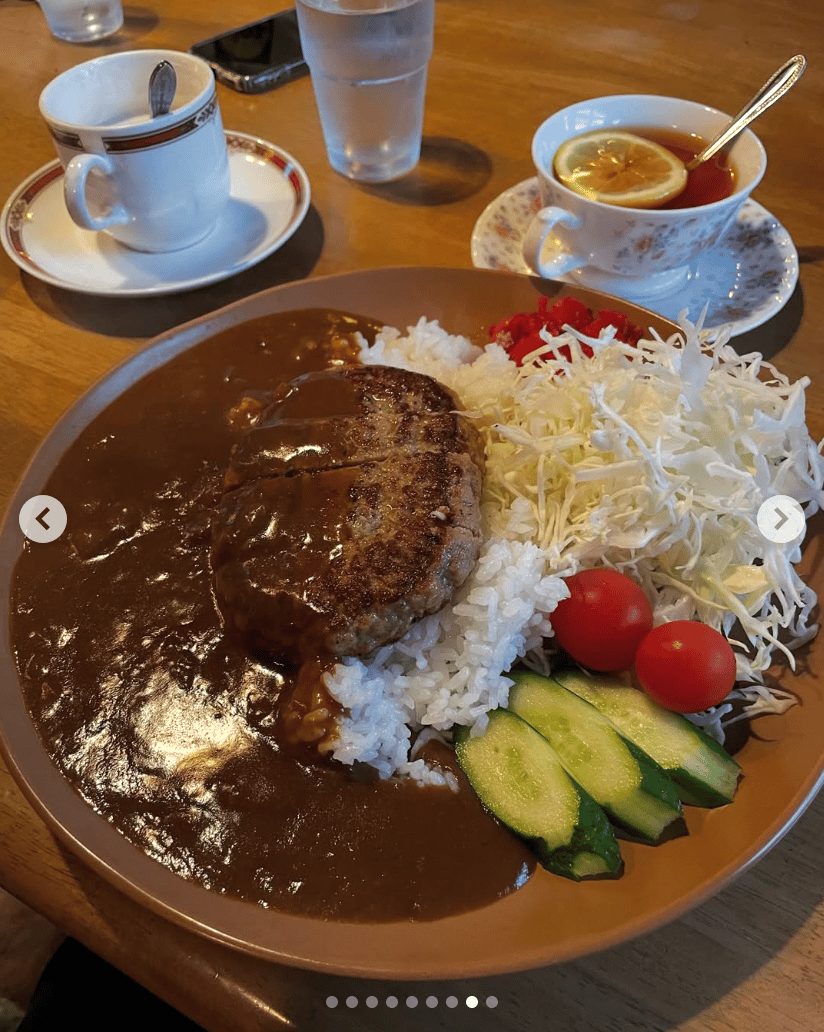
The best part of staying in Nakatsugawa was hanging out at the town mall, eating trashy Sugakiya ramen (pictured below, omg it really looks like shit but is actually quite excellent) with working-class Nakatsugawans.
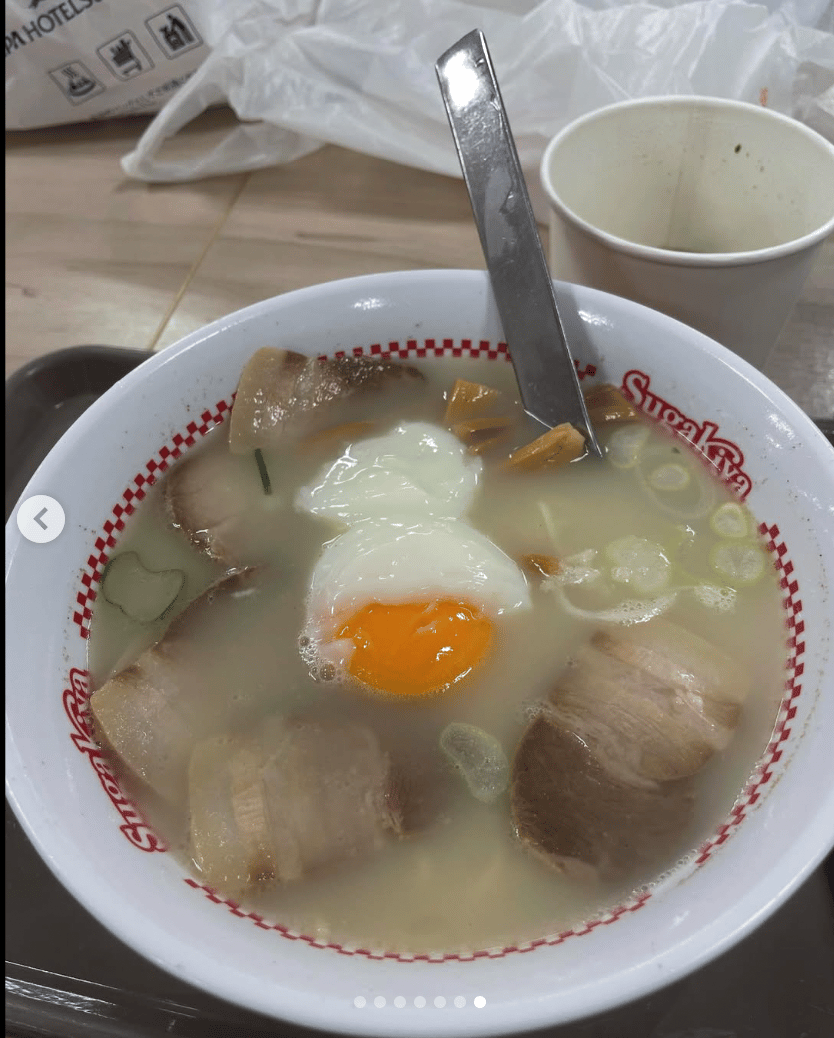
Nakatsugawa —> Nagoya
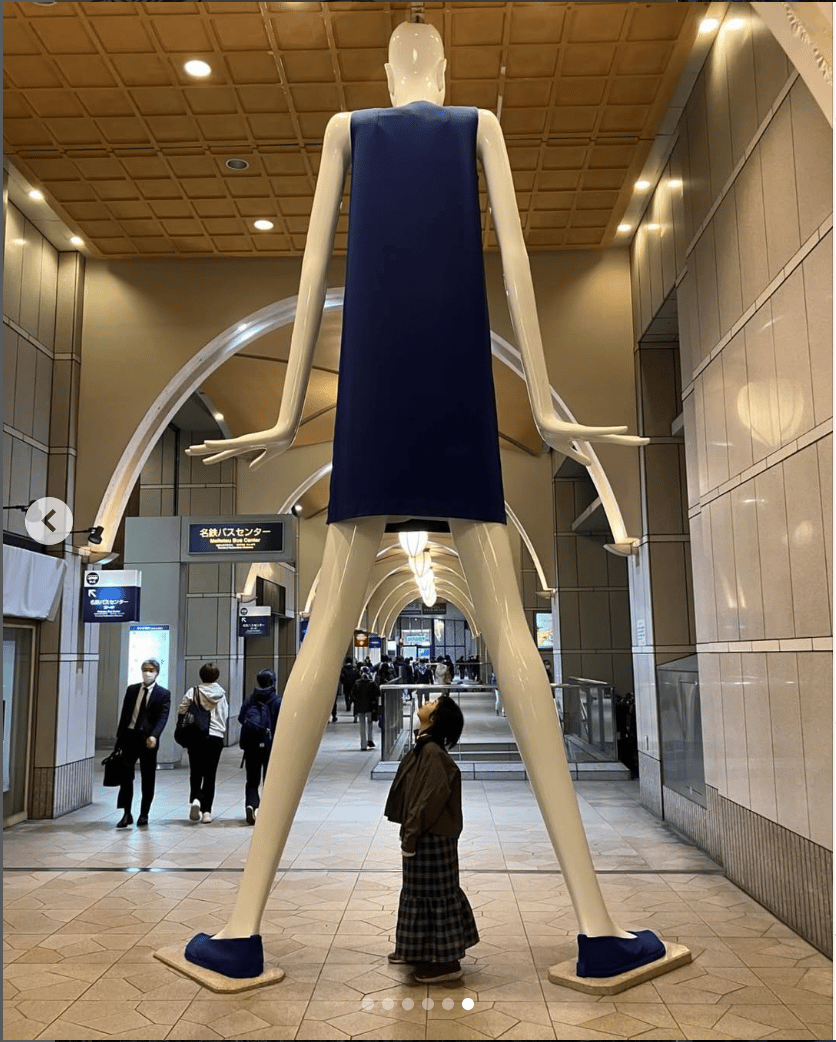
Finally, we took the train to the city! After hanging out with the provincials in Nakatsugawa, Nagoya felt like Sodom, with all its earthly delights and glamorous salaripeople frittering away their ¥. The city was teeming with fried chicken places (we went to one called FURAIBO, which was just okay) and coffee shops (we went to a Komeda’s for something called a “Morning Service”; sounds dirty but just means free bread and hard boiled egg with your coffee).
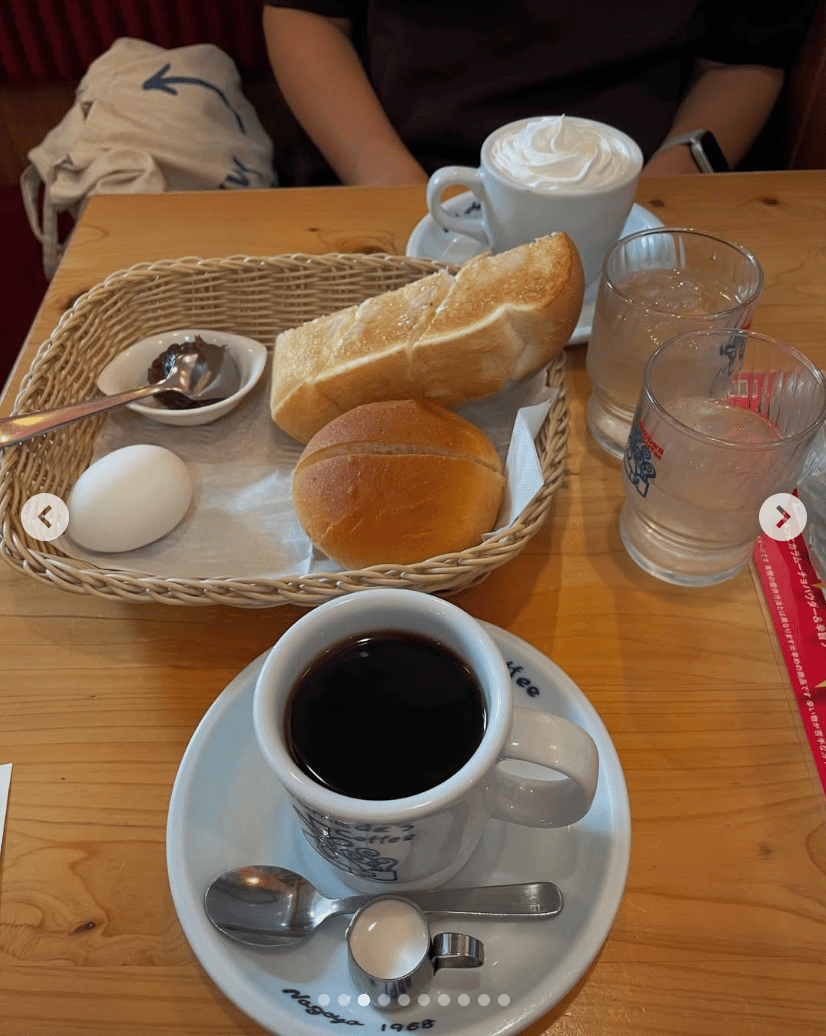
Nagoya —> Osaka
After a not very memorable visit the Toyota Museum, we had to go to Osaka. Splurged on a shinkansen just to see what the fuss was about (not much?).
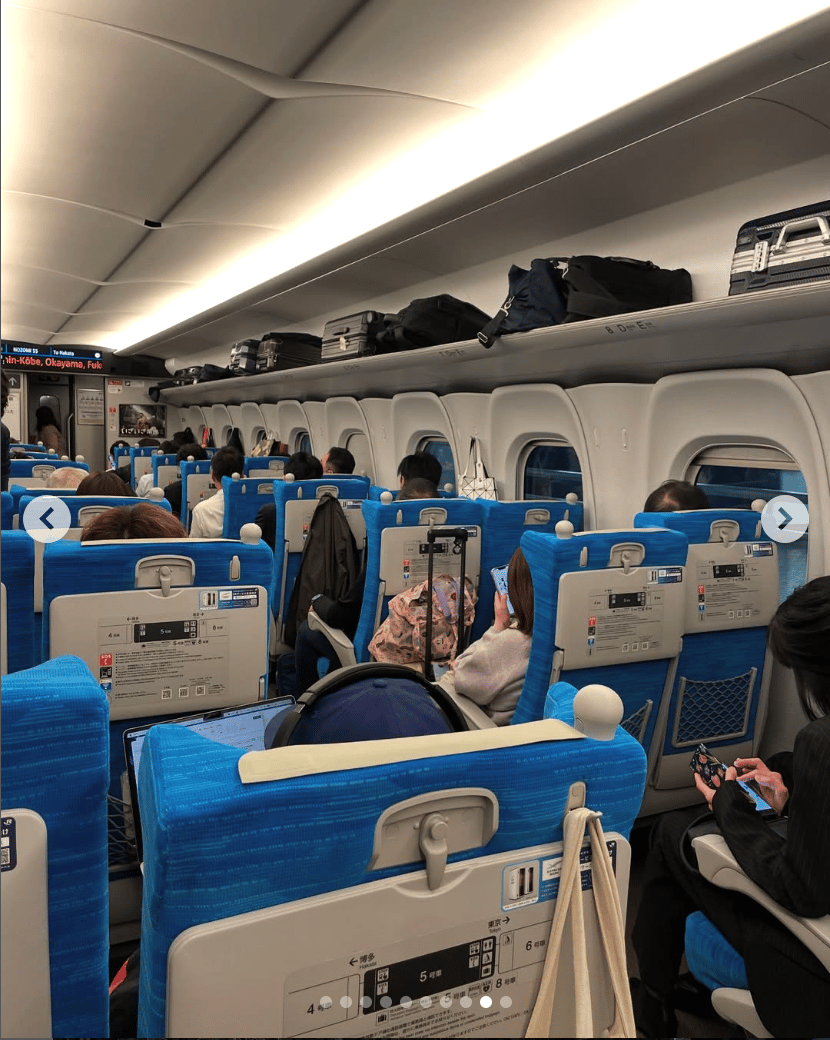
I just wanted to say that downtown Osaka sucked — crowded and noisy — and I spent way too much time in the sex shop near our hotel (APA, duh). Good thing I had time to visit IKEA Tsuruhama, Nagai Botanical Gardens, and Coffee Eiko (51-year-old indoor-smoking cafe) to decompress.
After a few failed attempts to look for affordable Myaku-Myaku merchandise (Osaka Expo mascot that appears to be a nuclear waste mutation) we headed back home via the dubious but cheap Peach Aviation from Kansai Airport.
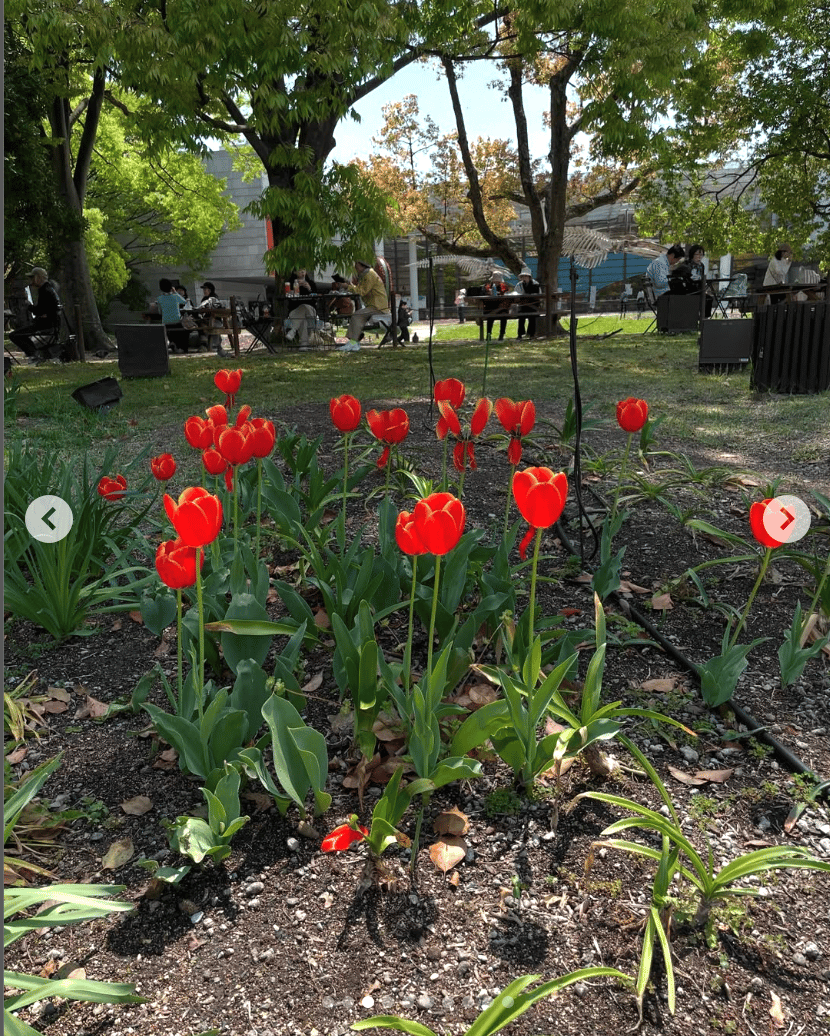
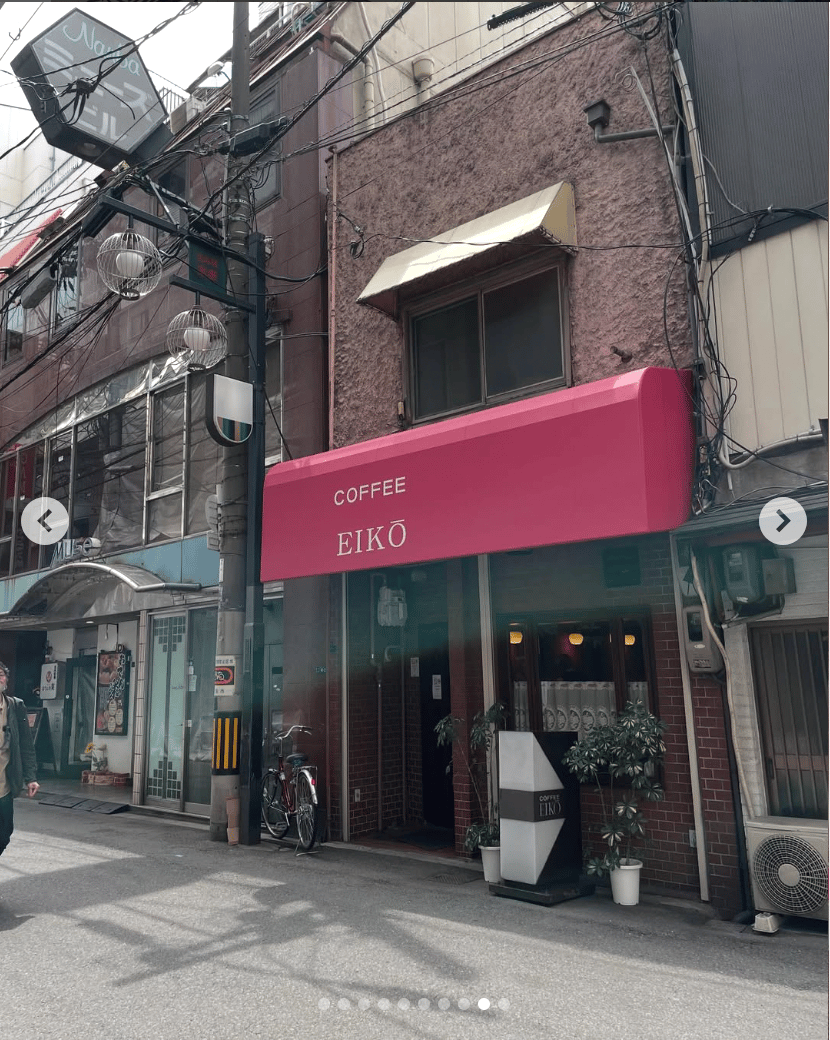
Re: Japan, I was kind of sick of it towards the end of the trip (2 weeks of forced politeness and mutual thanking does that to you!) but after a few months back in Singapore, I want more. Is that weird?
The air is fresher there, even in the city. It’s noisy, but the noise is from people and music, not cars and construction. I love cosy cheap business hotels with smoking rooms, assembling meals from ready-to-eat food halls, and not being able to talk to anyone. Also my skin was really good there (lol), I guess from the superior skincare.
Despite my grumbling about onsens and ryokans I actually enjoyed the experience of walking miles and miles across buttfuck nowhere, only to arrive in a village that is marginally less desolate. It’s really only enjoyable because you can take a train from said wasteland and arrive at a “normal” place (with AEON, 7-11, and Sugakiya) 15 minutes later. So, only in Japan then.
Would 100% do again, except stay in a Toyoko Inn next time.
